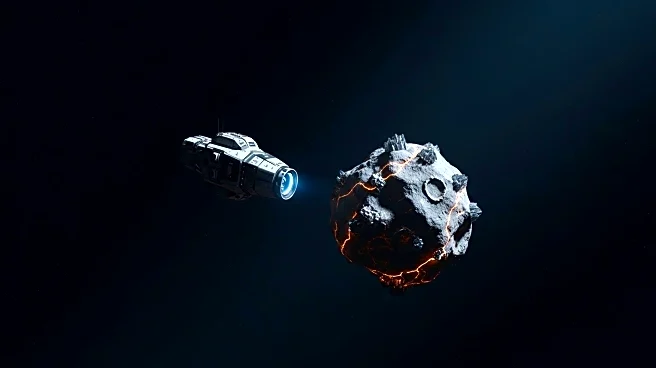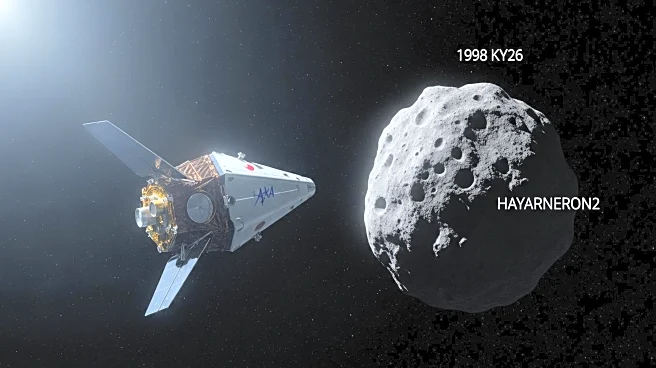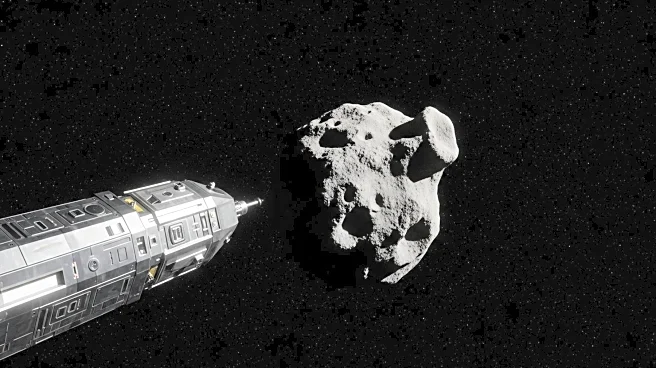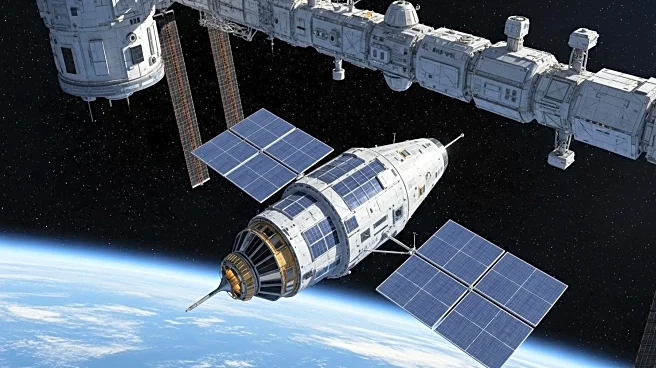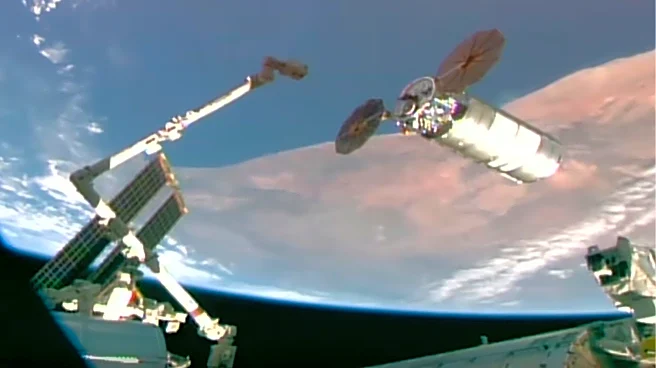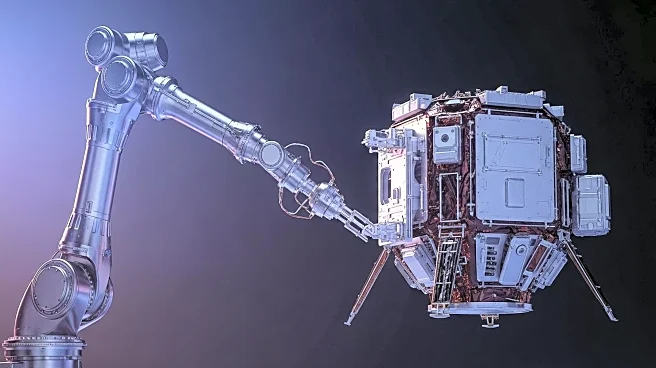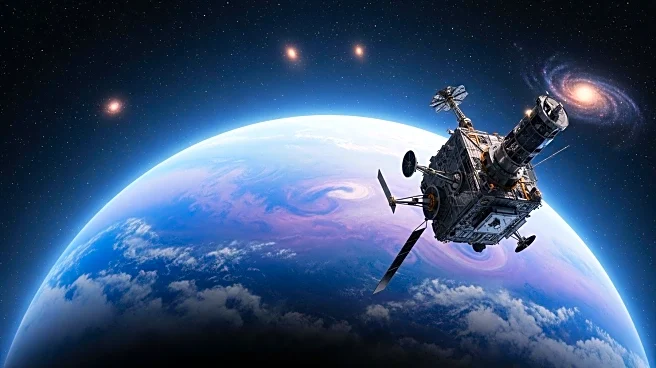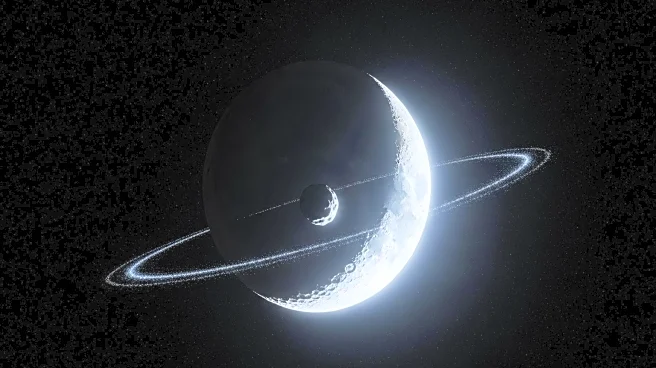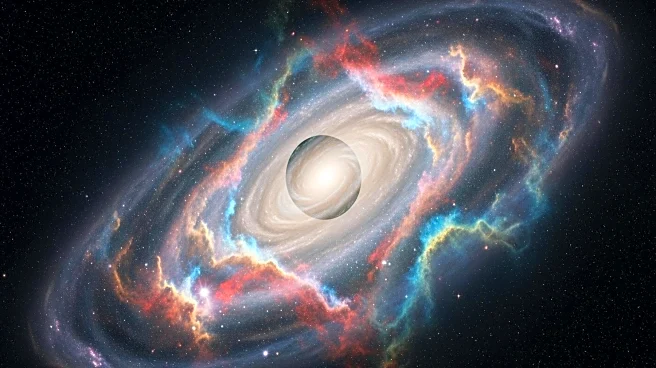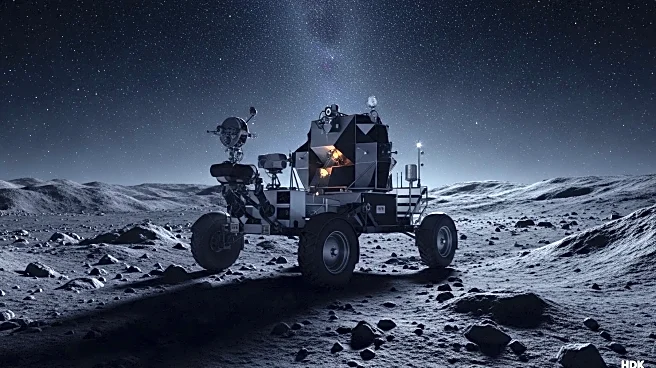What's Happening?
Japan's Hayabusa2 spacecraft is set to rendezvous with the asteroid KY26 in 2031, which is significantly smaller and faster-spinning than previously estimated. Recent observations using the European Southern Observatory's Very Large Telescope revealed that KY26 is only 36 feet across, much smaller than the earlier estimate of 98 feet. The asteroid completes a rotation every five minutes, posing a unique challenge for the mission. Hayabusa2 aims to orbit and land on KY26 to study its structure and composition, following its successful mission to the larger asteroid Ryugu in 2020.
Why It's Important?
The Hayabusa2 mission's exploration of KY26 is crucial for understanding small asteroids, which are the most common type impacting Earth. The insights gained could enhance planetary defense strategies and inform future asteroid exploration and mining endeavors. The mission's findings may also contribute to the development of technologies for characterizing hazardous asteroids from Earth, potentially improving safety measures against asteroid impacts.
What's Next?
Hayabusa2's extended mission to KY26 will provide valuable data on small asteroid composition and structure, aiding in the development of planetary defense strategies. The mission's success could pave the way for future explorations of similar asteroids, potentially influencing plans for asteroid mining and other space ventures.
Beyond the Headlines
The mission highlights the importance of international collaboration in space exploration, with data from global telescopes contributing to the understanding of KY26. The findings could have implications beyond planetary defense, potentially impacting future space exploration technologies and strategies.

